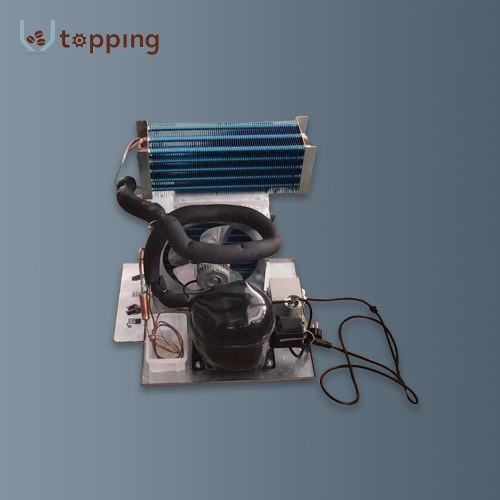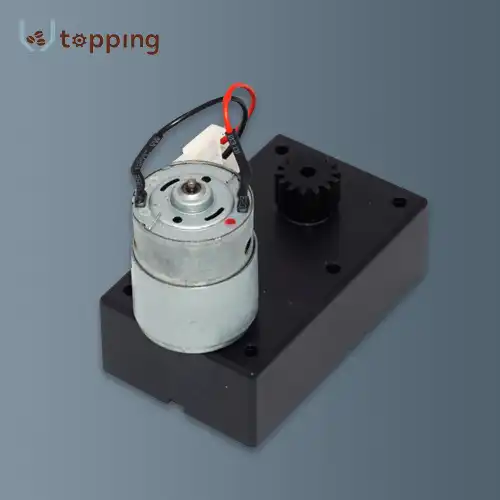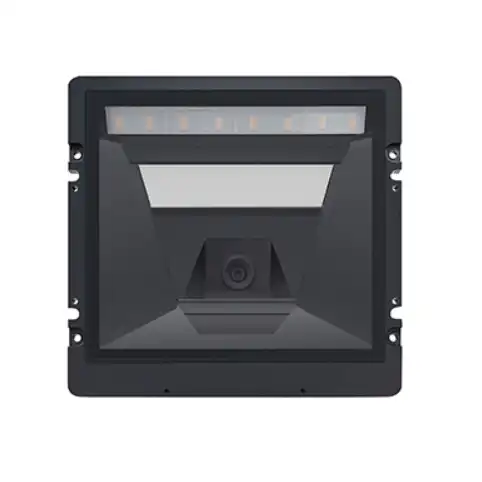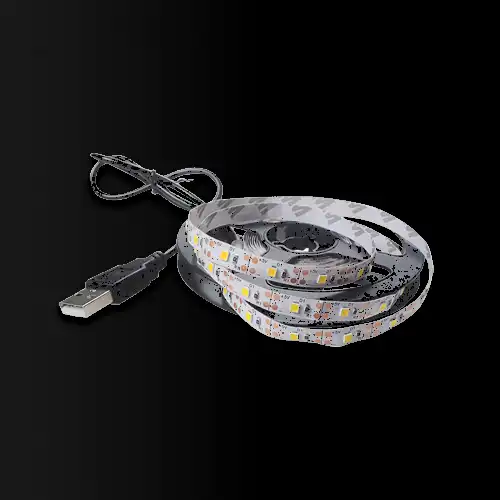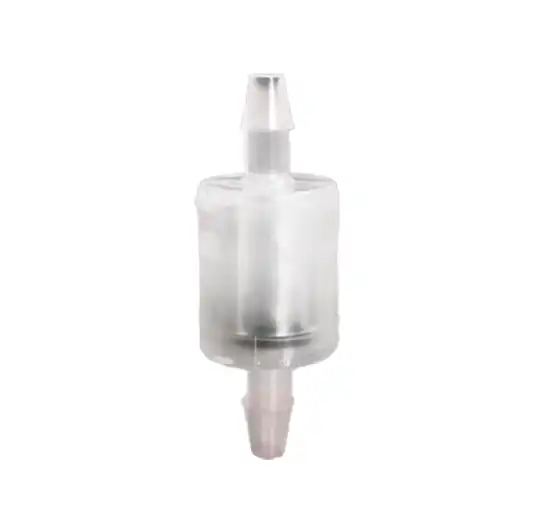How Do Ingredient Canisters Impact Coffee Quality?
2024-07-17 15:59:59
Introduction
When it comes to the quality of coffee from vending machines, one of the most critical factors is the Coffee Vending Machine Ingredient Canisters used. These canisters are more than just storage units; they play a pivotal role in maintaining the freshness and flavor of the coffee. This blog explores the various aspects of ingredient canisters and how they affect coffee quality.
What Materials Are Used in Coffee Vending Machine Canisters?
Espresso candy machine canisters are essential parts that house and apportion different fixings, guaranteeing the quality and newness of refreshments served. These canisters are made of particular materials that have been chosen for their durability, hygiene, and capacity to preserve the integrity of the ingredients.
Steel Stainless: The most common material for powder canister is stainless steel. It is ideal for maintaining hygiene standards in food service settings due to its durability, corrosion resistance, and ease of cleaning. By creating a sealed environment, stainless steel canisters shield ingredients from external contaminants and aid in the preservation of their freshness.
Plastics for food use: Canisters for the storage of dry ingredients like coffee beans or powdered milk typically make use of food-grade plastics like ABS (Acrylonitrile Butadiene Styrene) or polycarbonate. These plastics meet strict food safety regulations because they are light, resistant to impacts, and simple to clean. While guaranteeing the safety and uncontaminatedness of the ingredients, they offer a cost-effective solution.
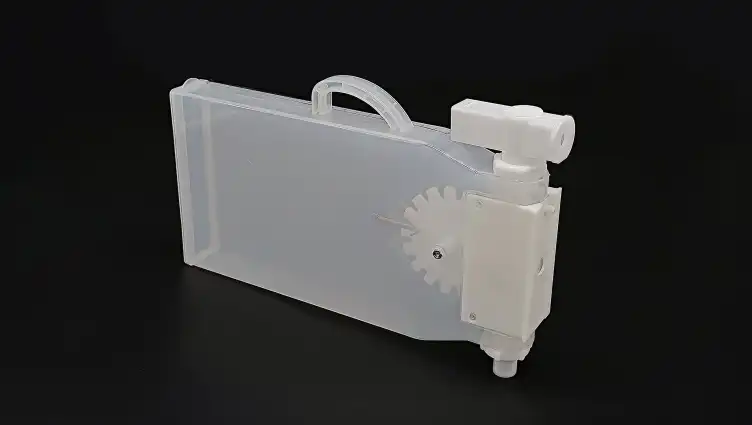
Glass: Glass canisters are used to store premium ingredients like whole coffee beans and gourmet toppings in some specialty coffee vending machines. Glass is aesthetically pleasing and does not contaminate the contents in any way. It is reasonable for items where perceivability is wanted while as yet keeping up with newness and quality.
Seals with silicone: No matter what the essential material, espresso candy machine canisters frequently use silicone seals or gaskets. Silicone is chosen for its adaptability, long-term durability, and temperature resistance. The flavor and aroma of ingredients like ground coffee or flavored syrups are preserved and the canisters remain airtight thanks to these seals.
Ceramics: Ceramic canisters may be used in upscale vending machines or those that serve specialized beverages. Ceramic is non-reactive and aids in the preservation of delicate ingredient flavor integrity. It gives an exquisite show and upgrades the general refreshment experience, taking special care of knowing shoppers who esteem quality and style.
Canisters for coffee vending machines are made of a variety of materials designed to meet the particular requirements of ingredient storage and distribution. Each choice of material—from food-grade plastics for their versatility and cost-effectiveness to stainless steel for its durability and hygiene—is crucial to ensuring that beverages are always fresh and of high quality. Materials that meet regulatory standards and maintain the integrity of the ingredients throughout the vending process are given priority by manufacturers. Coffee vending machines will become more efficient and long-lasting as technology and consumer expectations change. This will be made possible by continuing to innovate in the design and materials used.
How Do Canister Designs Affect Coffee Freshness?
Airtight Sealing: Canisters with effective airtight seals play a critical role in preserving coffee freshness. According to coffee experts, such seals prevent exposure to air and moisture, which can degrade coffee beans or grounds over time. Airtight designs maintain the aroma and flavor profiles, ensuring each cup retains its quality.
Material Choice: The materials used in powder canister construction also influence freshness. Stainless steel and food-grade plastics are commonly preferred for their durability and ability to maintain a sealed environment. These materials help protect coffee from external factors that could compromise its taste and aroma.
Light and UV Protection: Some canister designs incorporate features to shield coffee from light and UV rays. Exposure to light accelerates the degradation of coffee oils and compounds, leading to stale flavors. Canisters with opaque or UV-resistant materials mitigate this issue, preserving coffee freshness for longer periods.
Temperature Control: Advanced vending machines may include temperature-controlled canisters. Keeping coffee beans or grounds at stable temperatures helps preserve freshness by minimizing exposure to heat fluctuations that can accelerate flavor loss.
Grind Consistency: Canisters designed to maintain consistent grind sizes contribute to freshness. Uniformity in grind promotes even extraction during brewing, enhancing flavor and aroma. Vending machines that grind coffee beans on demand can ensure freshness by minimizing exposure to air after grinding.
Maintenance and Cleaning: Canister design affects ease of maintenance and cleanliness, crucial for preserving freshness. Smooth surfaces and removable parts facilitate thorough cleaning, preventing the buildup of oils or residues that can affect coffee quality.
Canister designs in coffee vending machines are tailored to uphold freshness through effective sealing, appropriate material selection, light protection, temperature control, and grind consistency. These design considerations ensure that every cup served maintains the optimal flavor and aroma expected by consumers. As technology advances and consumer preferences evolve, continued innovation in canister designs will further enhance the preservation of coffee freshness, meeting the high standards of quality in the coffee vending industry.
Why Is Proper Maintenance of Canisters Important?
Maintaining the cleanliness and condition of Coffee Vending Machine Ingredient Canisters is crucial for ensuring high coffee quality. Residue buildup from coffee oils and powders can affect the flavor of new batches and may even lead to bacterial growth.
Regular Cleaning: Regular and thorough cleaning of canisters prevents the buildup of residues that can alter the taste of the coffee. Stainless steel and glass canisters are typically easier to clean and are often dishwasher safe. For plastic canisters, manual cleaning with non-abrasive materials is recommended to avoid scratching and degrading the material.
Avoiding Contamination: Using separate canisters for different types of ingredients (e.g., beans, powders, syrups) prevents cross-contamination and preserves the integrity of each component. This practice is particularly important in vending machines that offer a variety of coffee types and flavors.
Conclusion
The impact of Coffee Vending Machine Ingredient Canisters on coffee quality cannot be overstated. The choice of material, design features, and maintenance practices all play a significant role in preserving the freshness, flavor, and overall quality of the coffee dispensed from vending machines. By understanding these factors, operators can ensure that they consistently deliver a high-quality coffee experience to their customers.
References
1. "The Best Coffee Canister of 2024 - Keep Your Beans Fresh." The Coffee Folk. Retrieved from [The Coffee Folk](https://www.thecoffeefolk.com)
2. "The 8 Best Coffee Canisters, Tested & Reviewed." The Spruce Eats. Retrieved from [The Spruce Eats](https://www.thespruceeats.com)
3. "Coffee Storage - How to Store Coffee and Maintain Freshness." Coffee Code. Retrieved from [Coffee Code](https://www.coffeecode.co.uk)
Send Inquiry
Related Industry Knowledge
- Differences Between Volumetric Counters And Particle Counters
- What Are the Most Commonly Replaced Coffee Vending Machine Spare Parts?
- Why is Hygiene Important in Vending Machine Cup Dispensers?
- How does a coffee brewing Unit work?
- What kind of motors do vending machines use?
- What Factors Influence Coffee Quality Through Ingredient Canisters?
- Coffee machine pump repair
- Is the valve coffee machine suitable for beginners
- What measures does Vending Machine Camera take in terms of data security?
- What does a solenoid valve do in an espresso machine?

.webp)

